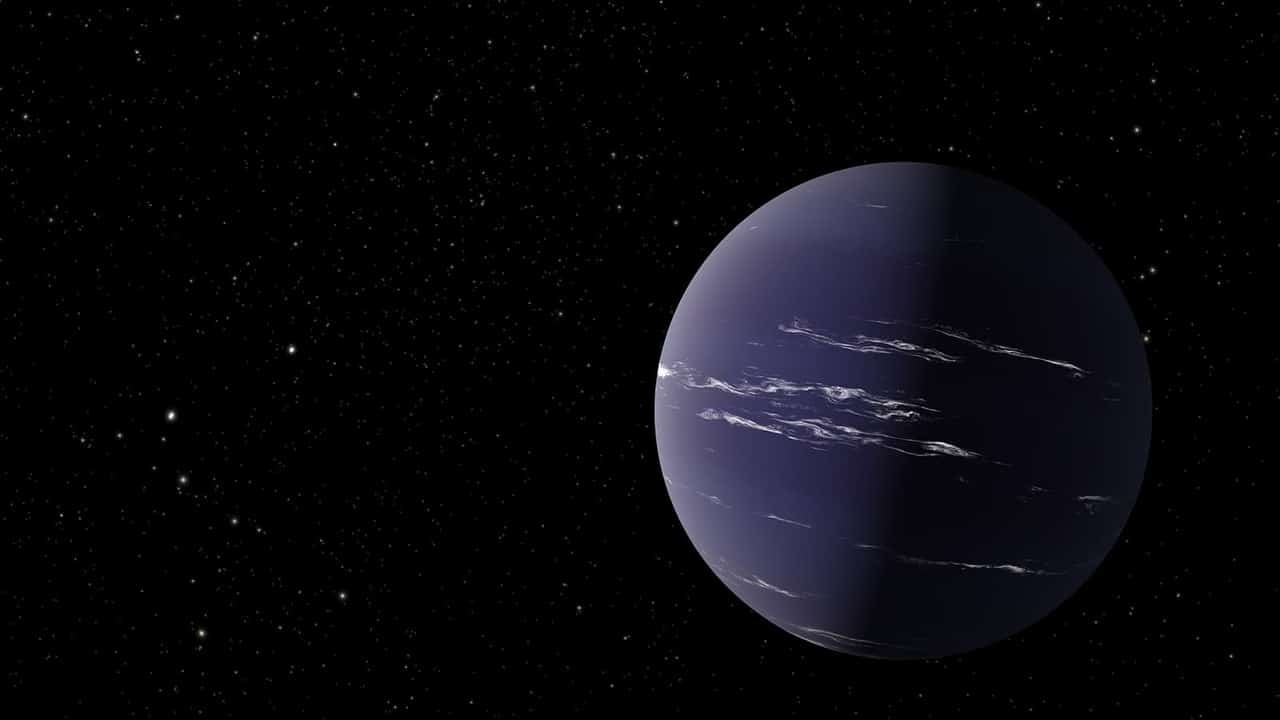New Sub-Neptune Exoplanet Discovered Near Earth

A team of international astronomers has made an exciting discovery of a new exoplanet, designated GI 410 b, orbiting the nearby star GI 410. This sub-Neptune exoplanet, which has a mass approximately 8.4 times that of Earth, was identified using the radial velocity (RV) method on April 4th. The discovery adds to the growing catalog of exoplanets and highlights the advancements in astronomical techniques.
Understanding the Radial Velocity Method
The radial velocity method, commonly referred to as the RV method, is a key technique employed by astronomers to detect exoplanets. This method involves measuring the variations in the velocity of a star caused by the gravitational pull of orbiting planets. As an exoplanet orbits its star, it exerts a gravitational influence that causes the star to wobble slightly, leading to detectable changes in its velocity. This technique has proven successful, with astronomers identifying over 600 exoplanets to date. The recent discovery of GI 410 b was documented in a study published in the pre-print online journal arXiv, showcasing the effectiveness of this innovative approach in exoplanet research.
Details of the Discovery and the Astronomers Behind It
The discovery of GI 410 b was led by a team of international astronomers under the guidance of Andres Carmony from Grenoble Alpes University in France. They utilized the SPIRou near-infrared spectropolarimeter, located at the Canada-France-Hawaii Telescope (CFHT), to make their observations. Additionally, data from the optical velocimeter SOPHIE at the Haute-Provence Observatory supported their findings. This collaboration highlights the importance of advanced technology and teamwork in the field of astronomy, enabling researchers to uncover new worlds beyond our solar system.
Characteristics of GI 410 b and Its Host Star
GI 410 b is classified as a sub-Neptune exoplanet, weighing approximately 8.5 Earth masses, making it one of the larger sub-Neptunes discovered to date. Notably, the planet’s radius remains constant, and it does not transit its parent star, providing unique insights into its orbital dynamics. The host star, GI 410, is located about 39 light-years from Earth and is half the size of our Sun, with a surface temperature of 3,842 K. Remarkably, GI 410 is considered one of the youngest stars, at an estimated age of 480 million years, offering a fascinating context for the study of planetary formation and evolution.
Potential for More Exoplanet Discoveries
Following the detection of GI 410 b, astronomers have reported tentative signs of two additional planetary signals with orbital periods of 2.99 and 18.7 days. While these signals are promising, further investigations are necessary to confirm the existence of these potential exoplanets. The ongoing research into GI 410 and its surroundings underscores the dynamic nature of exoplanet exploration and the continuous quest to understand the universe beyond our own planet.
Observer Voice is the one stop site for National, International news, Sports, Editor’s Choice, Art/culture contents, Quotes and much more. We also cover historical contents. Historical contents includes World History, Indian History, and what happened today. The website also covers Entertainment across the India and World.

